
14 Ways to Prevent Skin Cancer (Besides Sunscreen)

Of course, you need sunscreen: But skin cancer prevention requires so much more. Here’s expert advice on keeping your skin safe.
The real deal with sunscreen

There’s no way around it: Exposure to ultraviolet (UV) radiation (mainly from the sun) is a major risk factor for most skin cancers, not to mention wrinkles, premature aging, and vision loss. According to the American Cancer Society, UV rays damage DNA in skin cells, which cause abnormalities in cell growth. And while, yes, everyone should properly apply a broad-spectrum sunscreen—be sure to follow these dos and don’ts—sunscreen alone can’t fully protect you, warns the American Academy of Dermatology. Check out some more surprising causes of skin cancer.
Pop this vitamin regularly
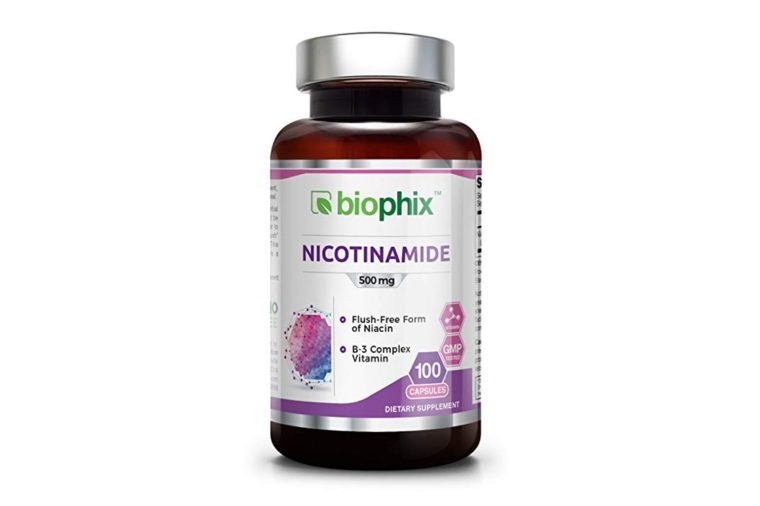
“Nicotinamide is a form of vitamin B-3 that’s been shown to help protect against skin cancer,” says Kim Nichols, MD, a dermatologist in Greenwich, Connecticut, and spokesperson for the Skin Cancer Foundation. “It fights free radical production and also repairs DNA that’s been destroyed by UVA light, which can lead to skin cancer.” Research published in the New England Journal of Medicine found that a person’s risk of developing a secondary nonmelanoma skin cancer was reduced by 23 percent after taking 500 mg of nicotinamide twice daily for 12 months. “If you have a history of a basal or squamous cell carcinoma or if you’re fair-skinned and live in a very sunny area, like Florida or California, talk to your physician about taking nicotinamide,” says Dr. Nichols.
Add an antioxidant to your AM routine
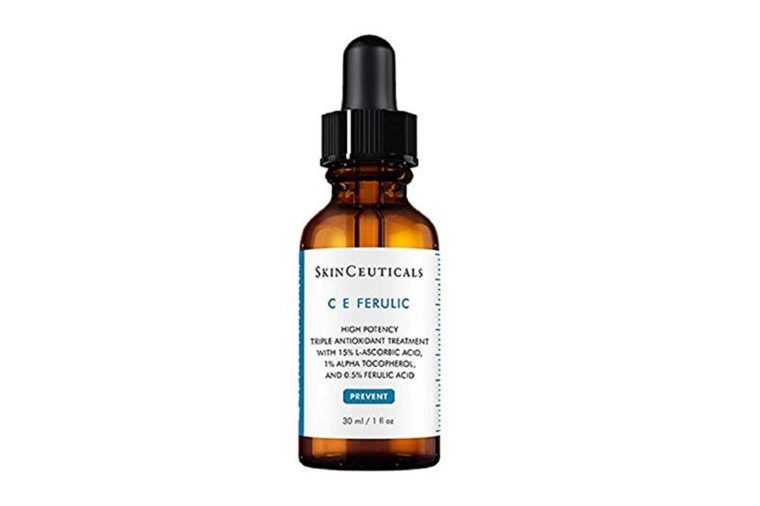
“Antioxidants play a huge role in skin cancer prevention,” says Dr. Nichols. “I recommend using a topical vitamin C serum under your sunscreen daily to help fight off free radical skin cell damage from the sun and the environment.” When shopping, look for formulations that contain between 7 and 12 percent ascorbic acid.
Wash your new sundress before you wear it
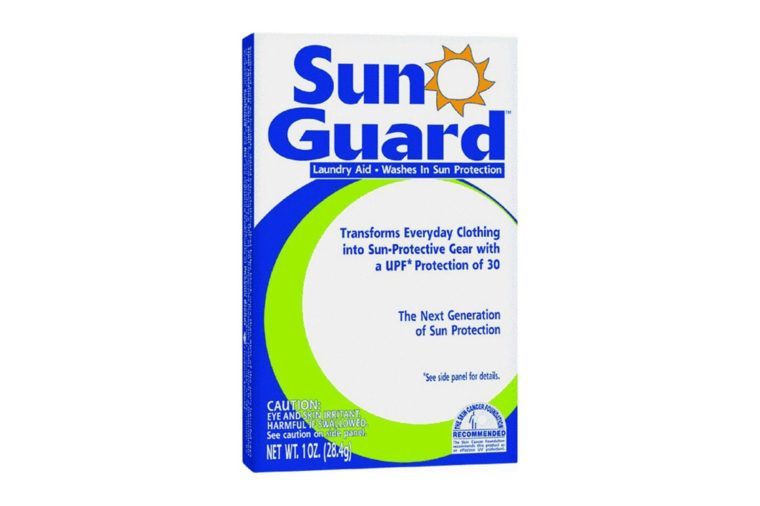
It turns out that tossing your new cotton (or cotton-blend) clothes into the washing machine two to three times before wearing can often permanently increase their sun-protection factor. (It has to do with the fiber shrinkage, notes the Skin Cancer Foundation.) For extra safety, consider including SunGuard in the load as well. This laundry add-in contains the sunscreen Tinosorb, which increases the sun-protective factor of clothes to 30. And it’ll stay that way for 20 washes.
Cover up better at the beach

“Clothing is far superior to sunscreen when it comes to skin cancer prevention at the beach,” says Estee Williams, MD, assistant clinical professor in dermatology at Mount Sinai Medical Center in New York City. However, not all cover-ups are created equal. For instance, once a T-shirt gets wet, it’s protection value decreases to about a UPF (ultraviolet protection factor) of 3, according to the Skin Cancer Foundation. Instead, look for beach cover-ups that have a UPF value of 30 or higher. “I recommend Coolibar and Mott50 products,” says Dr. Williams.
Use protective makeup
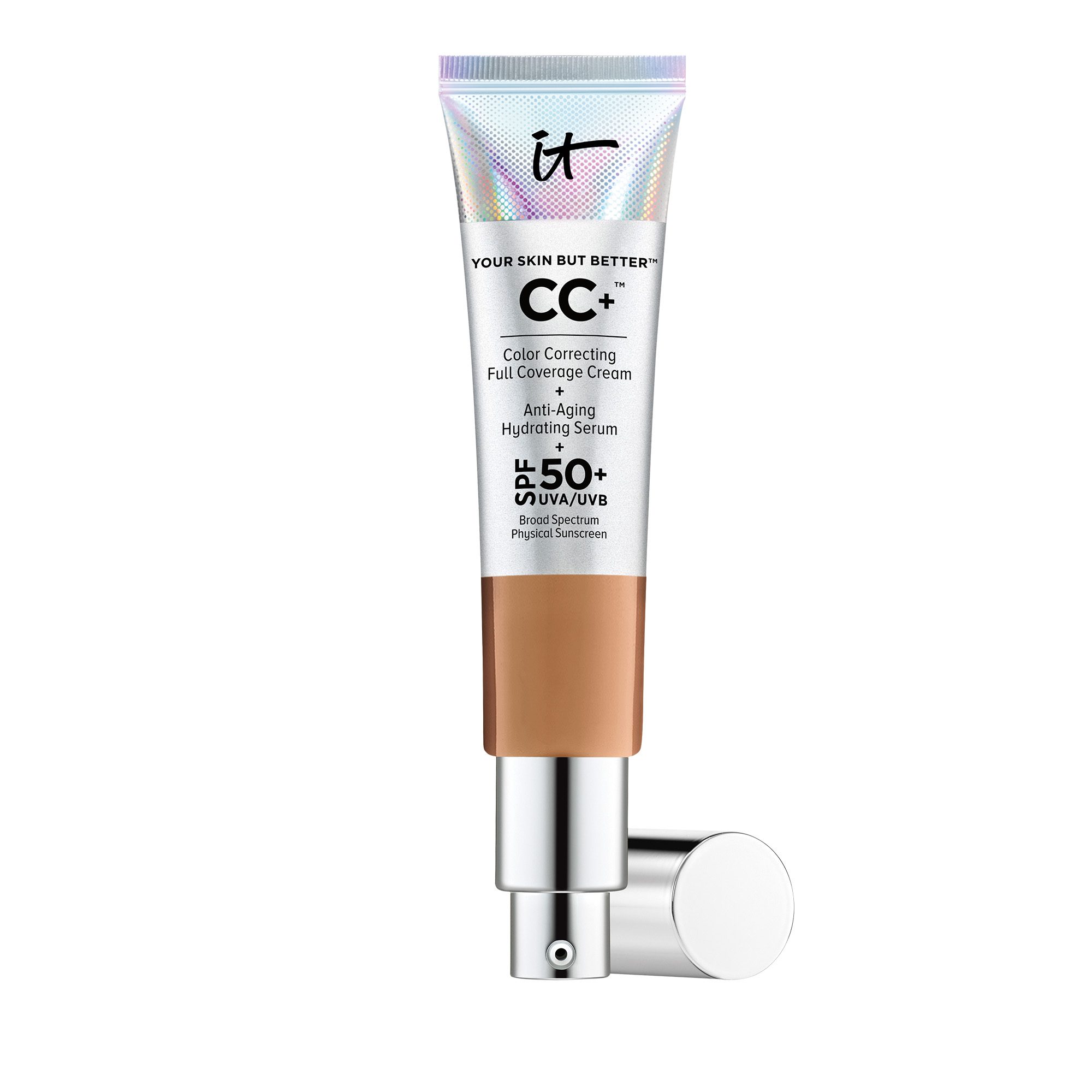
“Makeup, whether it contains SPF or not, is inherently sun-protective due to the pigments and minerals it contains,” says Dr. Williams. “That said, all women who wear makeup should look for brands that also have broad spectrum SPF in them because the benefit is additive.” Bonus: A lot of SPF-infused foundations have other good-for-your-skin perks, like antioxidants.
See the derm
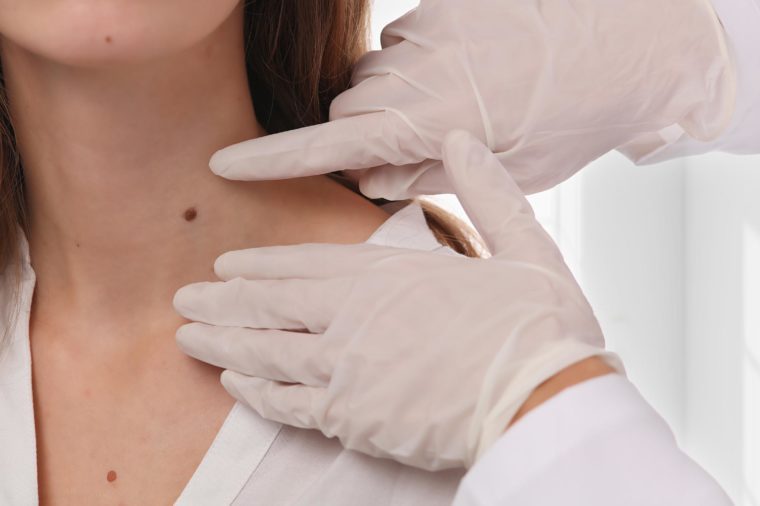
Between the ages of 18 and 40, you should see a dermatologist for a full-body exam every two years. After age 40, go annually. “We can spot moles that look suspicious before they turn into something that’s dangerous,” says Dr. Nichols. “Plus, early skin cancers tend to be slower growing, so when caught early, you can prevent a lot of morbidity.” Also: Keep an eye out for these 10 signs you need to see a dermatologist ASAP.

